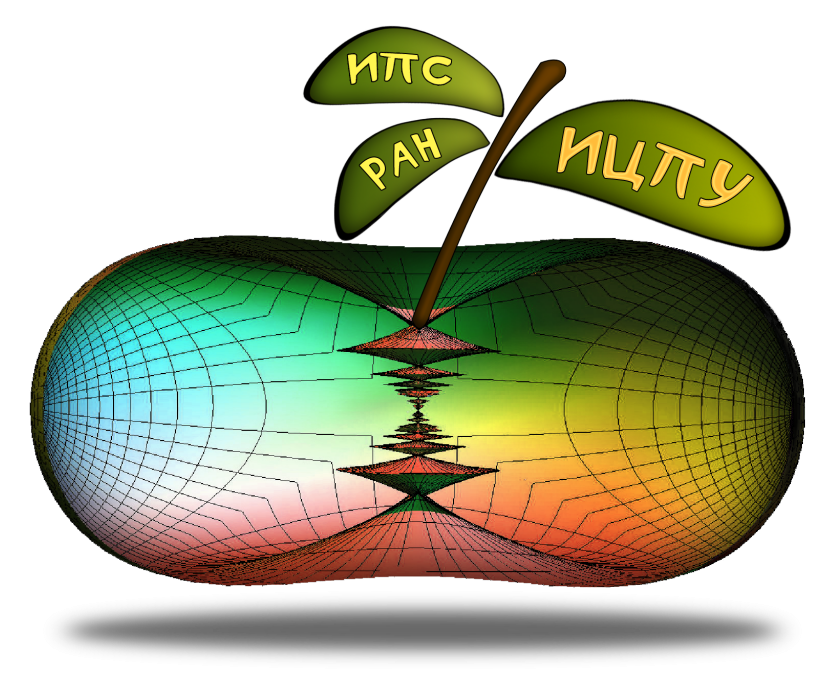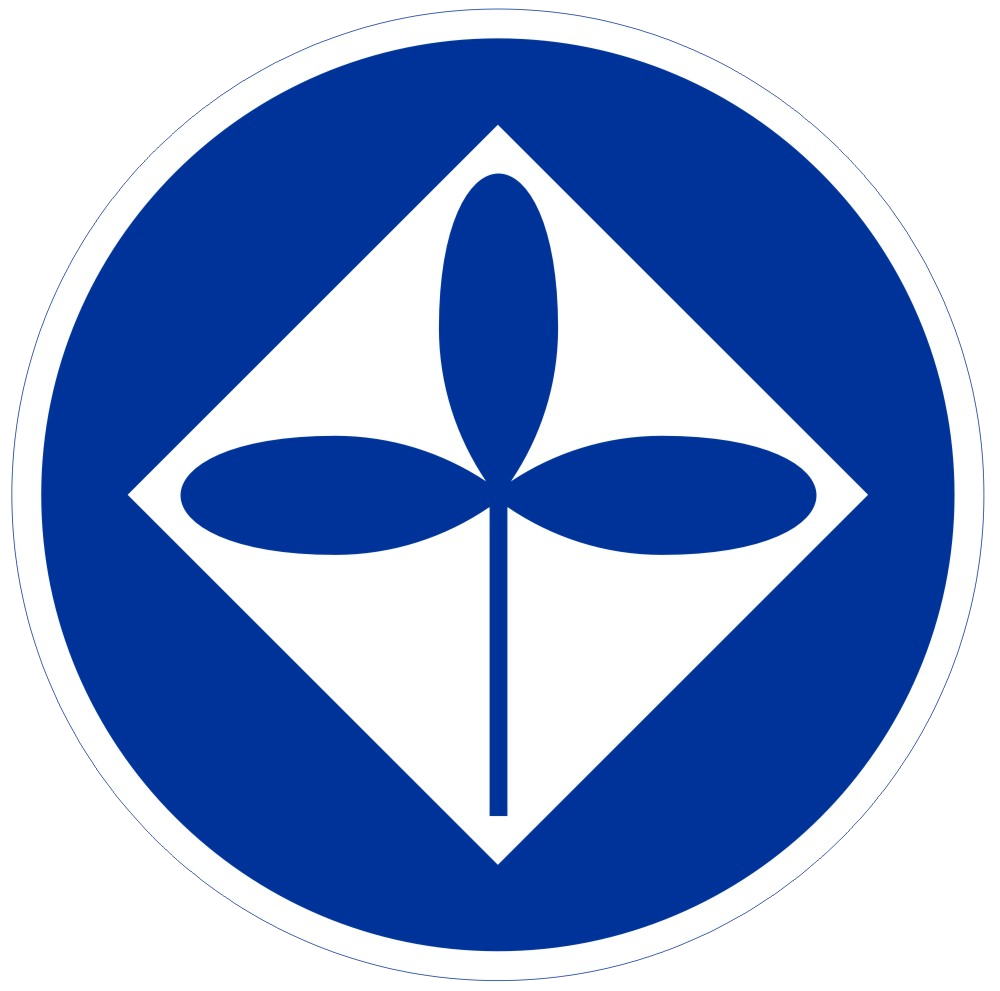We study a data-driven sub-Riemannian (SR) curve optimization model for connecting local orientations in orientation lifts of images. Our model lives on the projective line bundle R2 × P1, with P1 = S1/∼ with identification of antipodal points. It extends previous cortical models for contour perception on R2×P1 to the data-driven case. We provide a complete (mainly numerical) analysis of the dynamics of the 1st Maxwell-set with growing radii of SR-spheres, revealing the cut locus. Furthermore, a comparison of the cusp-surface in R2 × P1 to its counterpart in R2 ×S1 of a previous model, reveals a general and strong reduction of cusps in spatial projections of geodesics. Numerical solutions of the model are obtained by a single wavefront propagation method relying on a simple extension of existing anisotropic fast-marching or iterative morphological scale space methods. Experiments show that the projective line bundle structure greatly reduces the presence of cusps. Another advantage of including R2 ×P1 instead of R2 ×S1 in the wavefront propagation is reduction of computational time.
Paris, France

